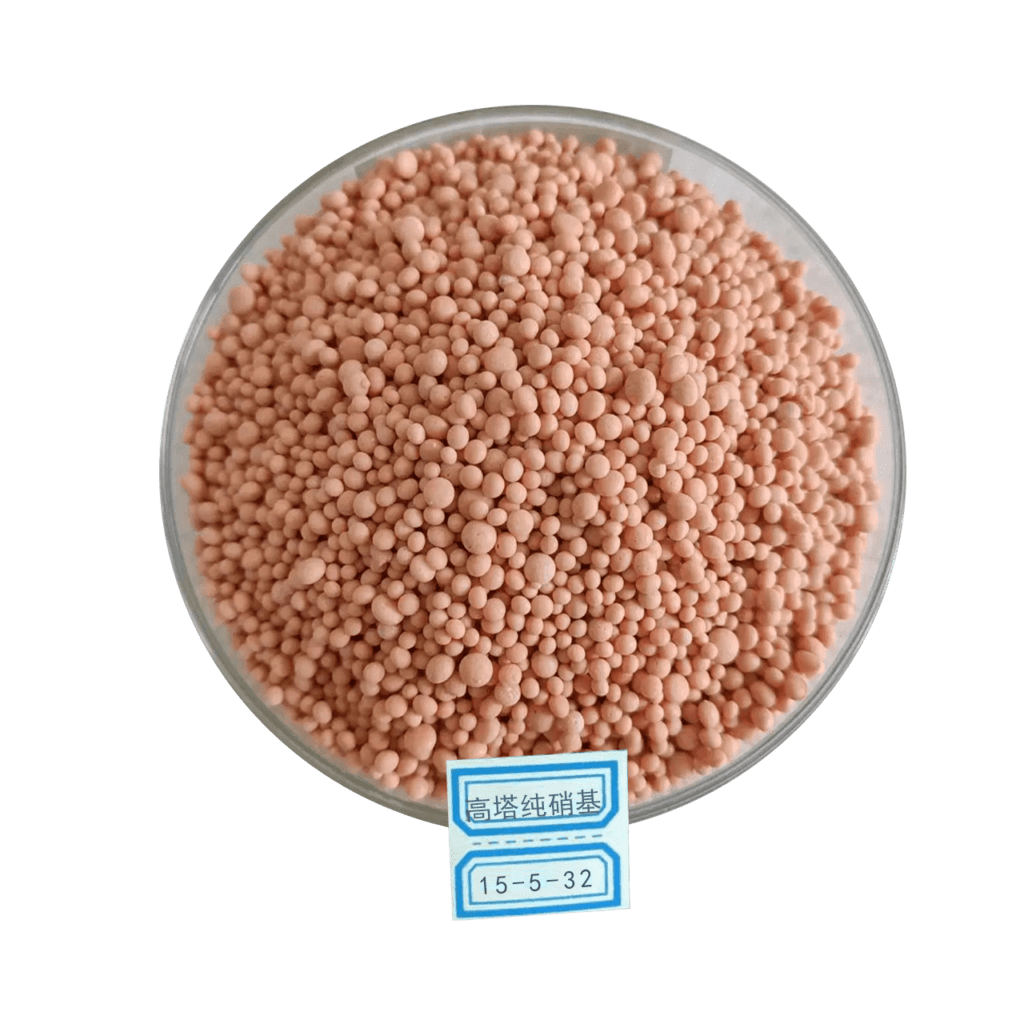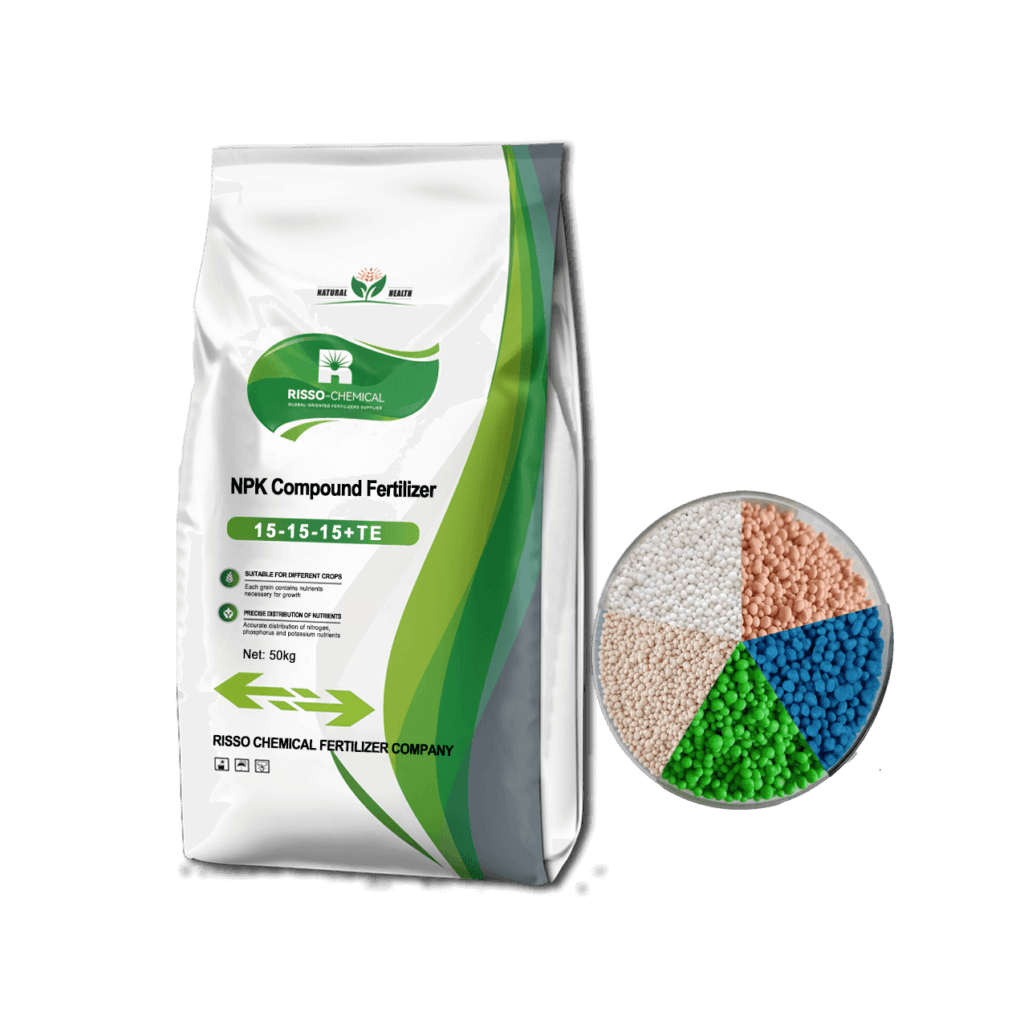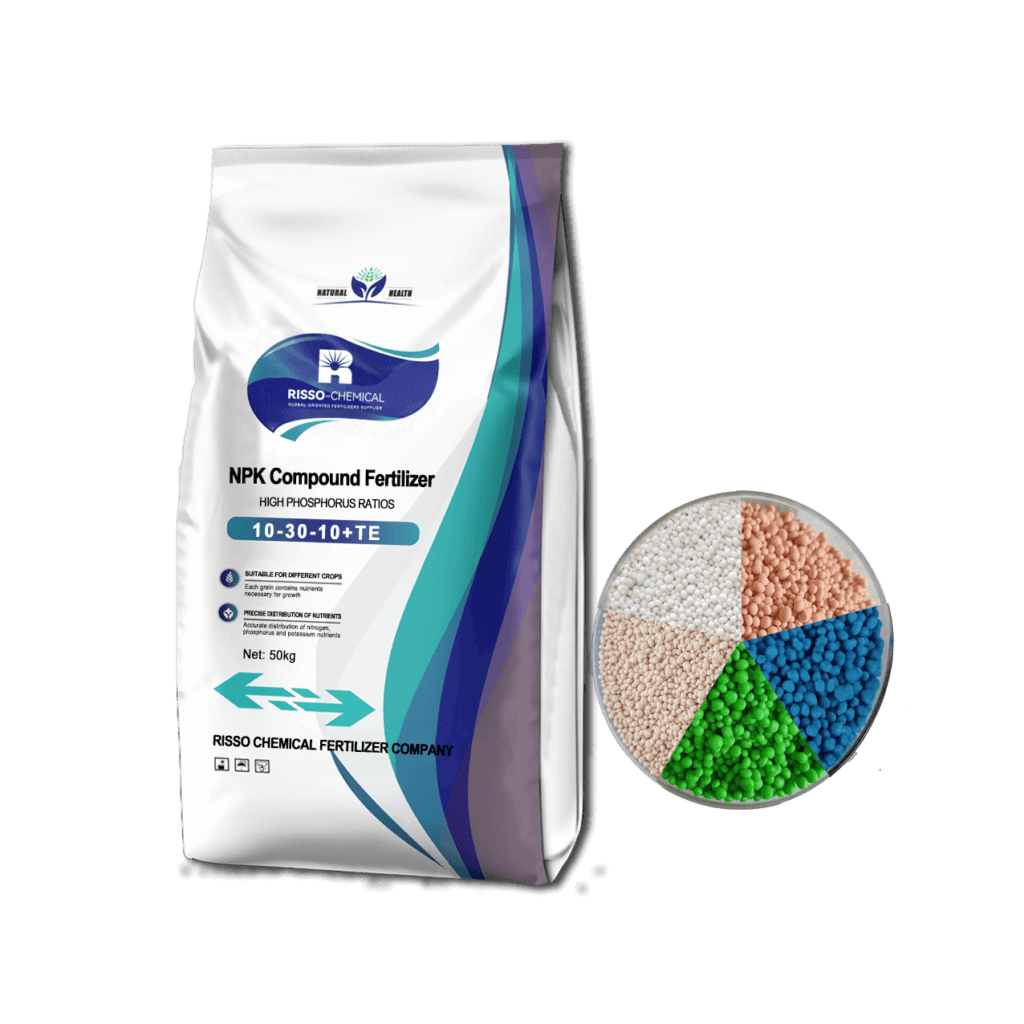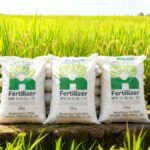Let more growers get greater benefits
How to Calculate NPK Fertilizer Application
- Industry News
- June 25, 2025
- 2:24 pm
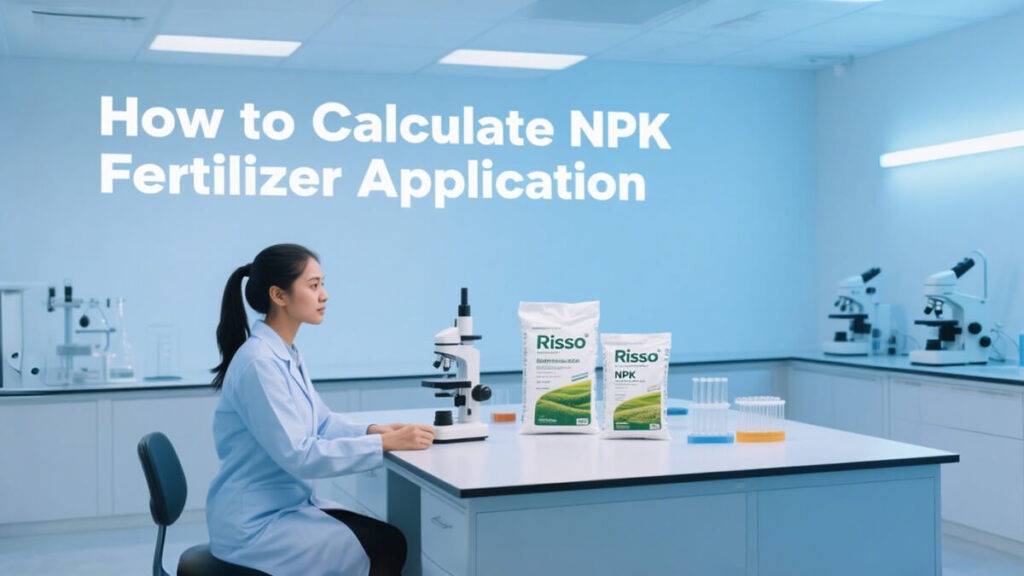
For both home gardeners and commercial growers, understanding how to calculate NPK fertilizer application is essential for optimizing plant health and maximizing yields. This guide walks you through the calculation process using the metric system, including real-world examples.
Table of Contents
- What Does NPK Mean in Fertilizers?
- Formula to Calculate Solid Fertilizer Application Rate (kg)
- Calculating Liquid NPK Fertilizer (Liters)
- Application Steps for Gardeners and Farmers (Metric Version)
- Real-World Example: Fertilizer for 100 m² Vegetable Plot
- Organic vs Synthetic NPK Fertilizer in Metric Context
- Final Thoughts
1. What Does NPK Mean in Fertilizers?
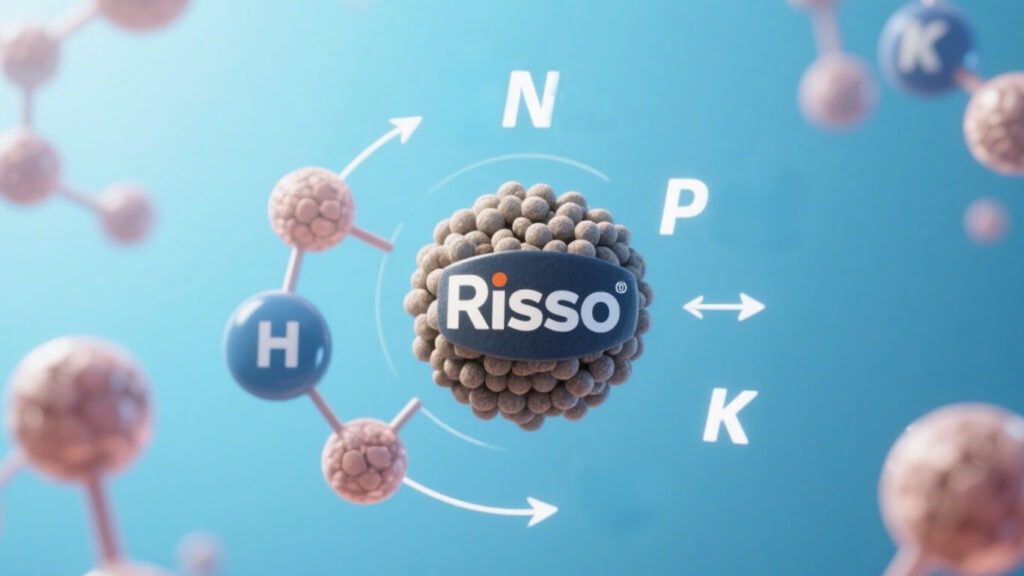
The NPK value on a fertilizer label (e.g., 15‑5‑30) indicates the percentage by weight of:
To convert P₂O₅ and K₂O to elemental P and K:
P = P₂O₅ × 0.436
K = K₂O × 0.83
For example, a 15‑5‑30 fertilizer contains:
15% nitrogen
≈2.18% elemental phosphorus
≈24.9% elemental potassium
Nitrogen (N)
Soybeans are legumes and can form a symbiotic relationship with Bradyrhizobium japonicum to fix atmospheric nitrogen. However, early in the growth cycle, the crop may benefit from a starter fertilizer for soybeans that contains a modest amount of nitrogen to support seedling development—especially in fields with low organic matter or when growing soybeans after corn.
Phosphorus (P)
Phosphorus is crucial for root growth, energy transfer, and nodule formation. A deficiency during early vegetative stages can severely limit plant vigor and final yield. This is particularly important in clay soil conditions, where phosphorus availability is often reduced due to fixation.
Potassium (K)
Potassium enhances stress tolerance, water regulation, and pod fill. In sandy soils or areas with low cation exchange capacity, split applications of potassium may help prevent leaching and ensure availability during critical reproductive stages.
2. Formula to Calculate Solid Fertilizer Application Rate (kg)
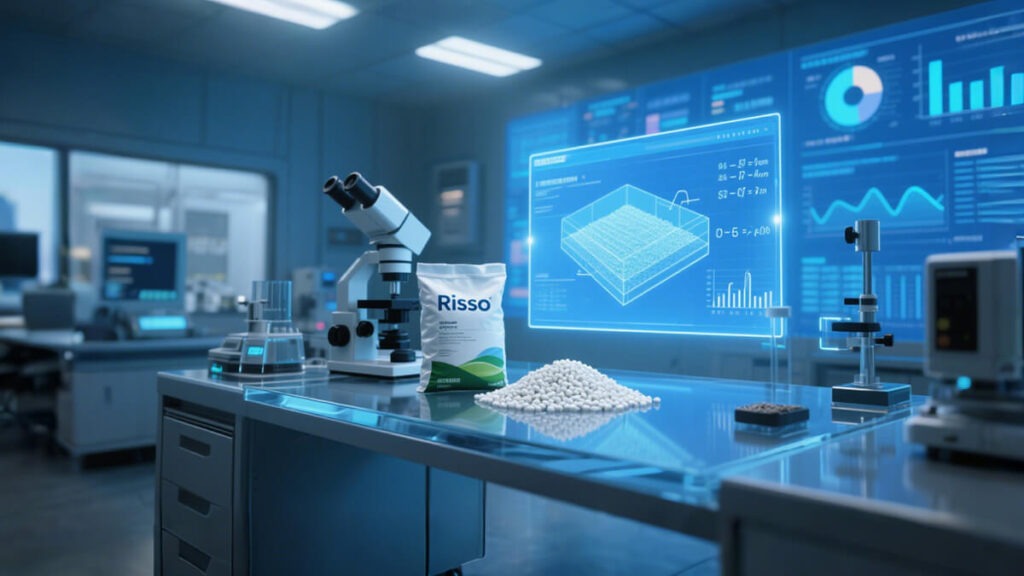
The universal formula:
Fertilizer (kg) = (Nutrient required in kg × 100) ÷ Nutrient percentage
Example:
If your field requires 23 kg of nitrogen and you are using a 46‑0‑0 urea fertilizer:
Fertilizer required = (23 × 100) ÷ 46 ≈ 50 kg
This is especially useful when following a NPK fertilizer ratio guide for specific crops like tomatoes, which often require low-nitrogen, high-phosphorus formulas such as 5‑10‑10 during flowering.
3. Calculating Liquid NPK Fertilizer (Liters)
When using liquid fertilizers, you’ll also need the fertilizer’s density (commonly measured in kg per liter). The general formula becomes:
Fertilizer (L) = (Nutrient required in kg × 100) ÷ (% nutrient × density in kg/L)
Example:
Using a 30‑0‑0 liquid fertilizer with a density of 1.3 kg/L and needing 15 kg of nitrogen:
Fertilizer required = (15 × 100) ÷ (30 × 1.3) ≈ 38.5 L
This method is highly relevant for liquid NPK fertilizer application in drip irrigation systems or foliar sprays.
4. Application Steps for Gardeners and Farmers (Metric Version)
Conduct a soil test to determine the nutrient requirements.
Select a fertilizer formula suitable for your crop (e.g., 15‑15‑15 or 10‑20‑10).
Measure the application area in square meters (m²) or hectares (ha).
Apply the calculation formula to determine fertilizer needed in kilograms or liters.
Ensure even distribution, especially for large areas or when using high-concentration fertilizers.
When considering how to use liquid NPK fertilizer for hydroponics or leafy greens, nutrient uniformity becomes even more critical.
5. Real-World Example: Fertilizer for 100 m² Vegetable Plot
Soil test results recommend:
2.0 kg nitrogen (N)
1.0 kg phosphate (P₂O₅)
1.0 kg potash (K₂O)
Fertilizer selected: 15‑5‑30 (solid)
Calculations:
Nitrogen: (2.0 × 100) ÷ 15 = 13.3 kg fertilizer
Phosphorus: (1.0 × 100) ÷ 5 = 20.0 kg fertilizer
Potassium: (1.0 × 100) ÷ 30 = 3.33 kg fertilizer
Since each nutrient requires different fertilizer amounts, you may need to combine fertilizers or apply them in phases to meet plant needs.
This method is ideal when optimizing the best NPK fertilizer ratio for tomatoes, cucumbers, or bell peppers in raised beds or small field plots.
6. Organic vs Synthetic NPK Fertilizer in Metric Context
When comparing organic vs synthetic NPK fertilizers, organic products often contain lower nutrient concentrations, requiring higher application rates in kg per m² or L per ha. Still, they benefit soil structure and long-term fertility.
📌 Final Thoughts

By using metric units and applying the correct formula, calculating fertilizer rates becomes precise and scalable. Whether you’re growing tomatoes in a greenhouse or managing a hectare of lawn, applying the right NPK fertilizer for vegetables, lawns, or fruit trees helps improve yield and sustainability.
For growers seeking crop-specific solutions, explore Risso® Fertilizer’s wide range of balanced, research-backed products—engineered for everything from balanced 10‑10‑10 NPK formulas to high-potassium blends for fruiting crops.
- Article
What will you get when touch?
✔ Quick & helpful reply within 6 hours.
✔ Tailored solutions for your project.
✔ One-stop product, tech, market
TRENDING
TAIAN RISSO CHEMICAL FERTILIZER CO.,LTD
- Address: High-tech Development Zone, Taian City, Shandong Province
© Copyright 2017 RISSO CHEMICAL. All Rights Reserved.



